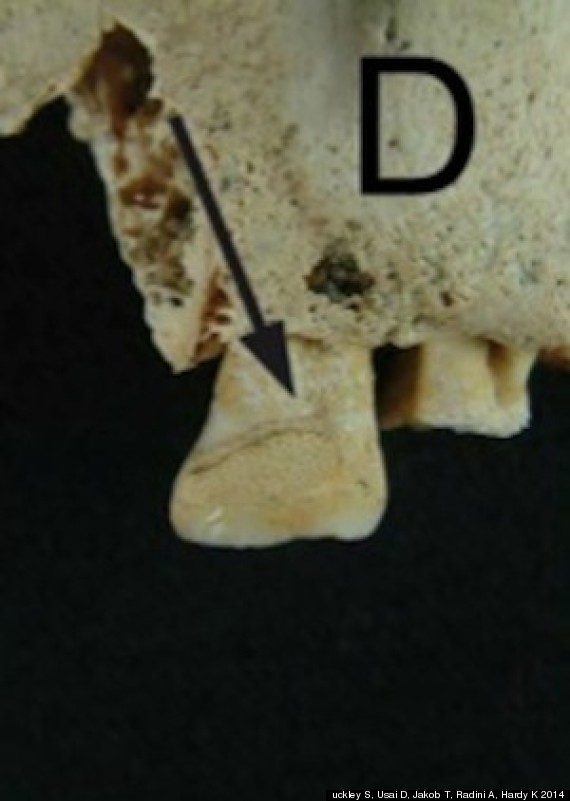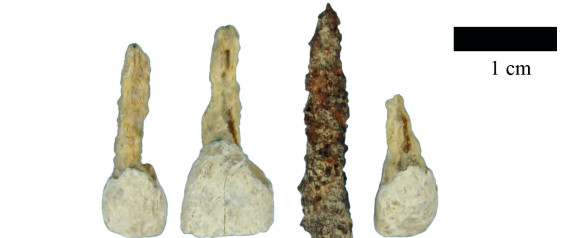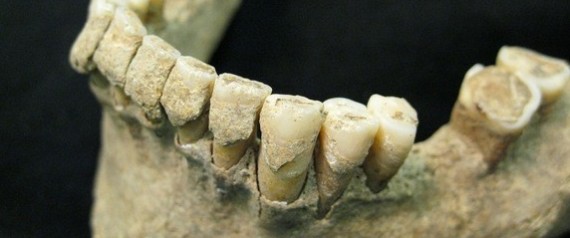4/15/15
Dear Daughter or Son
of Cancer Patient,
of Cancer Patient,
I want to say
something from my perspective which I believe is similar to your Mother’s or Father's.
When I found out
that my cancer had returned to all parts of my body. I felt depressed but not surprised. My loved
ones were shocked and felt like helpless bystanders. Now they are very
supportive and positive but I know that is for my edification. Because of this
I decided it’s a lot easier to be the cancer patient than the loved one of the
cancer patient.
Remember the old
Cowboy/Indian movies….the hero got captured by the Indians and the Indians
didn't trust his motives so to prove himself the Cowboy has to” Run the
Gauntlet”….if he made it to the other end they would be trusted friends. This is an apt analogy for the cancer
patient, the loved ones, the treatment and the ending.
The hero is the
cancer patient…the gauntlet is the treatment the cancer patient will
endure….the onlookers are the loved ones who feel helpless
and the end of the gauntlet is remission. You must run the gauntlet to
reach remission…...if you don’t get up
and continue at any time you die.
What the helpless
love ones don’t realize is they are imbibing the cancer patient with the
courage to run the gauntlet and when things get tough to get up and continue to
the end…they are sending love/courage to the patient. You have heard of people
who refuse to run the gauntlet…they aren’t getting very many love/courage
messages.
I feel bad for you
and the loved ones and I’m sure there were many for your Mother or Father. Because your Mother/Father didn’t make it to
remission…they tried, they didn’t give up and all their seemingly helpless loved
ones imbibed them with the courage to give it all. They died trying….with courage
and could only endure the gauntlet with the people around them. Nobody should
feel guilty and they need to recognize their positive part in the struggle. Now you want to get to the next step….when
you Mother/Father appears in your thoughts I want a smile to come to your lips. You
lived most of your life with your Mother/Father with a smile on your lips and I want
you to spend the rest of your life with your Mother/Father with that same smile!
With
love and sincerity,
Patty Pomeroy
 The hardened dental calculus on prehistoric teeth suggests that people ate purple nutsedge, a weedy plant rich in carbohydrates.
The hardened dental calculus on prehistoric teeth suggests that people ate purple nutsedge, a weedy plant rich in carbohydrates.




